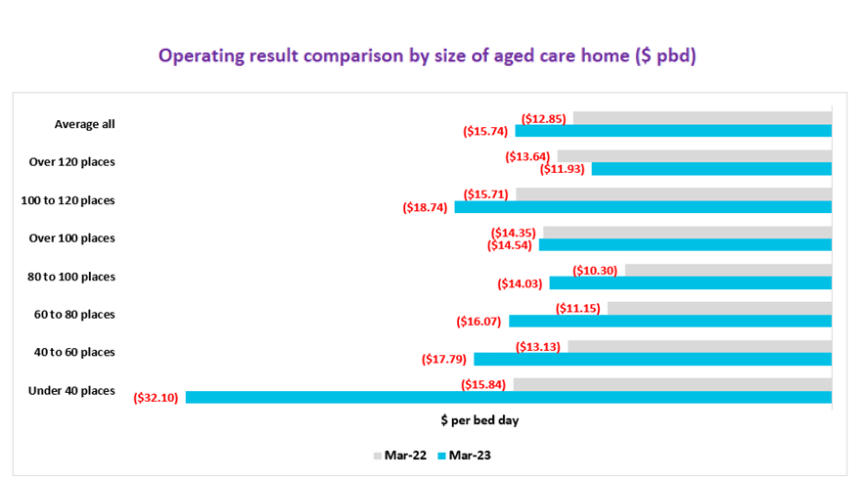While aged care home closures have dominated the news this week, there was one in particular that caught my attention.
As we report in this issue, a Council in NSW’s Northern Tablelands is looking at expanding its 36-bed aged care home to 50 beds because the 24/7 Registered Nurse requirement makes it more financially viable to have a higher number of residents.
The home currently has a waiting list – so they believe they can fill the beds.
It’s a reminder that despite the workforce shortages and financial pressures facing the aged care sector, there is demand for aged care services in local communities across Australia.
Private operator Apollo Care has built its offering around helping smaller Not For Profits remain viable while keeping their connection to the local community.
Earlier this year, the group reopened Harden Grange, an aged care home in regional NSW where local residents took a share in Apollo as part of its acquisition – a sign of the community’s investment in the facility.
But maintaining smaller, regional homes is a financial risk for the operator.
As the Uralla Shire Council says, they hope to break even – they aren’t even aiming to be profitable.
$25 a day could help to fill regional funding gap
Is there an opportunity then for the Government to tip the scales in favour of Councils and aged care providers that want to keep alive smaller, regional aged care homes with 40, 50 or 60 beds?
According to the latest StewartBrown Aged Care Financial Performance Survey, 62% of homes in rural and remote areas were running at an operating loss – for inner regional areas, this figure was 72%.
Yet, there isn’t a huge amount of difference in the operating losses between homes with 40 to 60 places and 60 to 80 places (see the graph above).
So, what if these operators were able to charge more for their services, say $25 a day?
That’s around $9,000 per resident per year – which could be deducted from their Refundable Accommodation Deposit (RAD) or via an aged care loan option.
For a 60-bed facility, that’s an additional $547,000 a year.
That could be the difference between keeping Mum or Dad in their local community or driving to see them in the next big town 90 minutes away.
If they don’t want to pay, they can shop around – but given the choice, we think most people would prefer to pay.
The SOURCE: Is this an issue that the Aged Care Taskforce needs to consider in its deliberations around greater consumer contributions?










